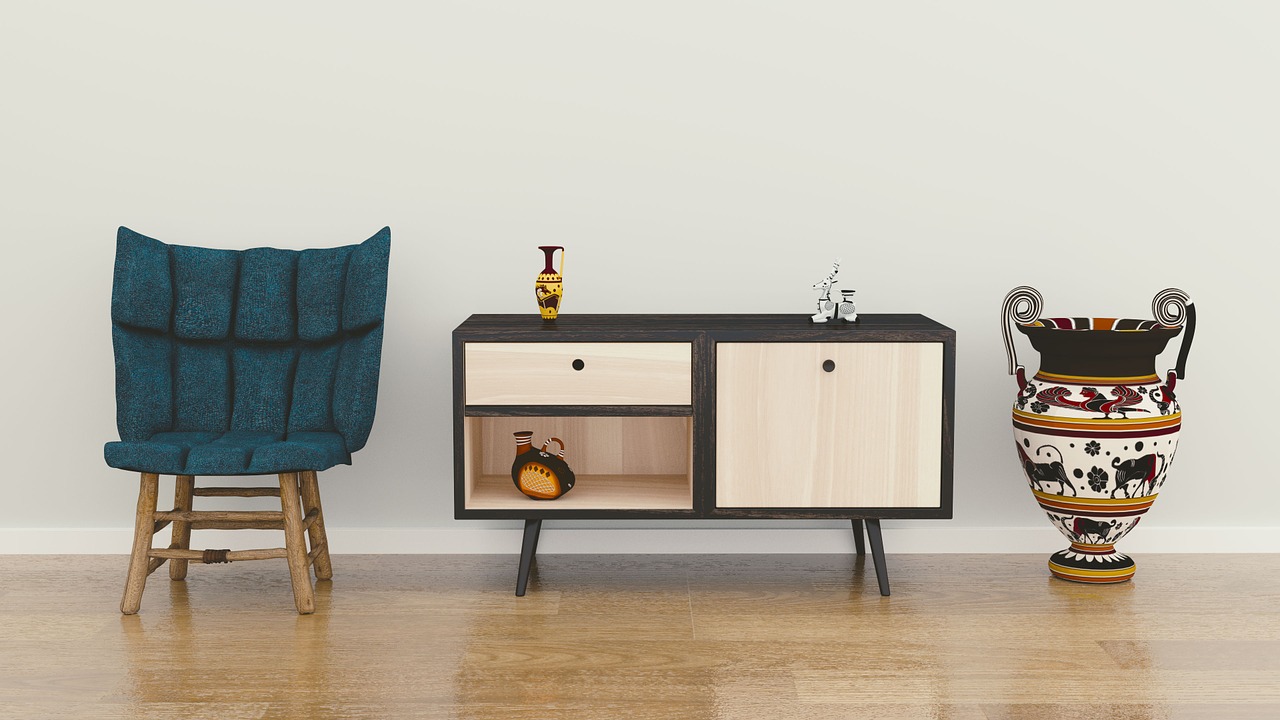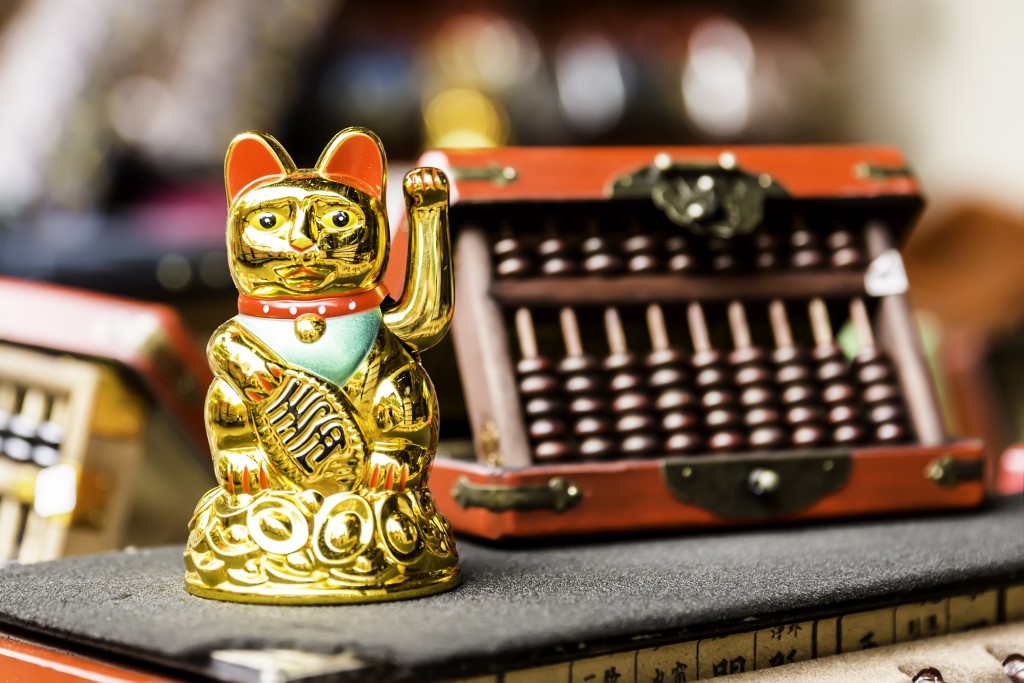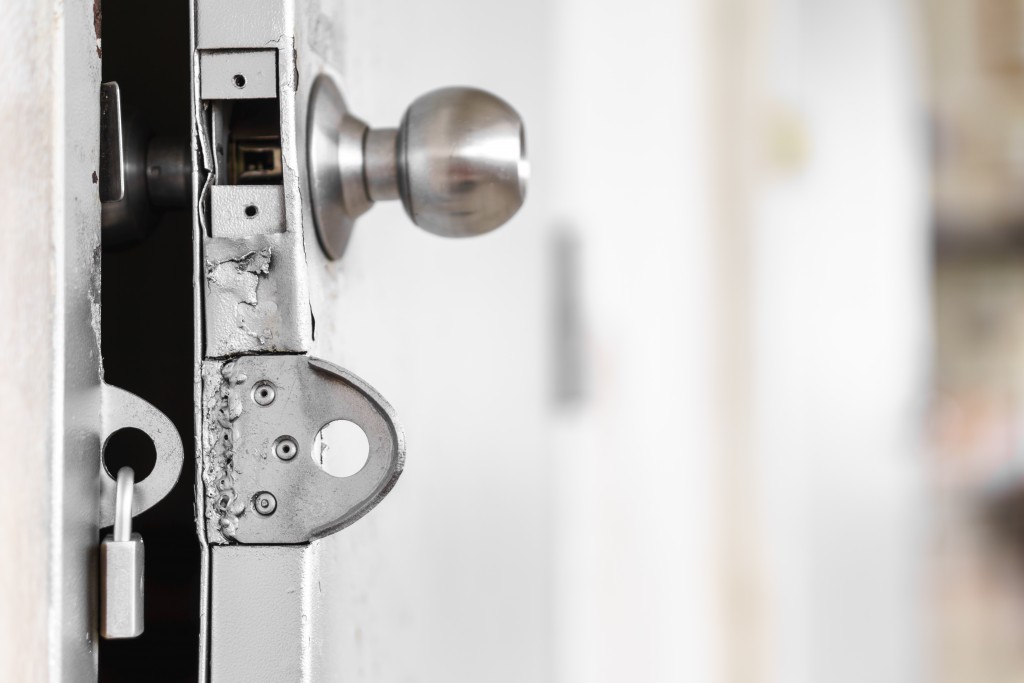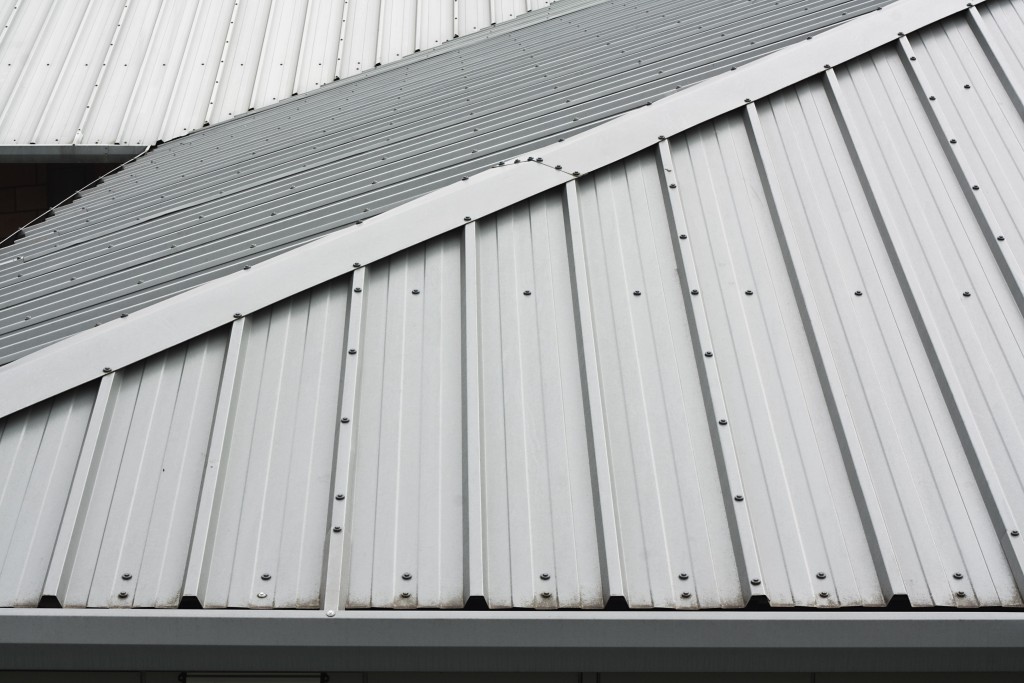The common misconception about Feng Shui is that it only revolves around luck. Others see it to strengthen luck and increase their chances of earning money, for example. Because of this, people either dismiss it or misconstrue the concept. When you dig deeper—”deeper” as in one Google search—you will discover that there are many elements at play when you’re talking about feng shui.
“Feng Shui” is literally “wind” and “water” when translated from Chinese. It’s all about balance and how energy travels around buildings, objects, space, and life. The history can be dated back to 5,500 years ago when Indian mystics followed “Vastu Shastra” or “dwelling science” in the design and construction of their structures. The principles of Vastu Shastra revolve around the influences of earth, water, fire, and space to their surroundings, considering the energy of every living organism. The Chinese then adapted these principles in planning their cities, and this is where Vastu Shastra and Feng Shui find common ground.
Feng Shui is about how the elements and energies interact with each other, and it is a huge influence in the interior design of certain homes as well as commercial establishments. It focuses more on the geographical location of the elements to promote the flow of energy.
Water
Water is a symbol of wealth and prosperity. It’s also powerful because of its freedom in form, shape, source, and movement. Place them in the east, southeast, and north areas of the home.
One way to incorporate water into your home is through indoor fountains. You can have any kind of material, style, and decoration for the fountain because the important thing here is the water. River rocks are a good option because they give a sense of tranquility with their soft edges. If you come to think of it, these rocks are the result of combining the elements of earth and water.
Earth
Earth carries nourishment, stability, support, and care. Thus, it becomes an element that calms and grounds you. Their strength is in the southwest, northeast, and center areas of the home.
In decor, anything that relates back to the Earth should suffice. It could be rocks or crystals. Terracotta, earthenware, clay, and the like also represent the earth element. You can also mount landscape art or have earth tone paint in your interior’s color palette.
Fire
Fire is all about ascension and power, as the element’s nature rises up. Burning fire goes up, and hot air rises. It also represents passion and confidence in our skills. This element is the strongest in the south.
What if you don’t have a fireplace? It’s not a problem since the fire element is represented by the color red, you can use objects that carry this color. Whether you paint an entire wall red or have red lamps, pillowcases, furniture, etc., this element is present.
Wood
 It’s important to note that the wood element in Feng Shui refers to growing plants. Wood attributes to strength, flexibility, and vitality. It also represents being grounded to your roots. It works best in the east, southeast, and south areas of the home.
It’s important to note that the wood element in Feng Shui refers to growing plants. Wood attributes to strength, flexibility, and vitality. It also represents being grounded to your roots. It works best in the east, southeast, and south areas of the home.
Live, indoor plants are great implementations of this element. If you don’t have much of a green thumb, low maintenance plants, like Snake Plant, are so difficult to neglect. You can also take care of a bonsai to have an object akin to a tree.
Metal
Metal is all about turning the elements into something beneficial to the body. It also represents adaptability to change, enlightenment, and creativity. Metals should not be in the same room as fire, but it’s a great pair to water.
This element is present in metallic colors such as white, silver, gold, and gray. There are several objects that represent metal, especially in interior design. Whether they are light fixtures or cutlery, metals have the tendency to add a touch of luxury within the design of the room.
As Feng Shui continues to be adapted into Western culture, it’s important not to lose track of its purpose. Additionally, if you’re apprehensive of applying Feng Shui into your home, remember that you can still retain the style and the approach that you want in the objects that you place in your space.
Feng Shui teaches people to be mindful of the things and elements that they surround themselves with. The five elements (water, earth, fire, wood, and metal) and their prescribed geographical locations are mere guides. These will help you achieve balance in your home. Besides, staying indoor and seeing all concrete can be quite stressful. So, incorporating elements of nature benefits your well-being, whether you believe in Feng Shui or not.




